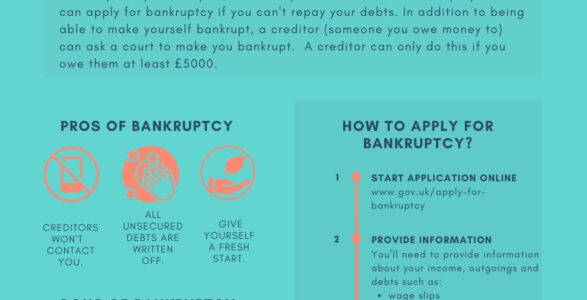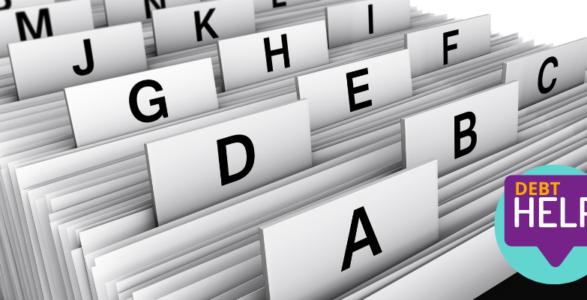Understanding the Difference Between Insolvency and Bankruptcy

Published on 9 February 2024
Many people confuse insolvency and bankruptcy, using them interchangeably. While they are related, they have distinct meanings and consequences. This article clarifies the key differences to help you understand your financial situation better.
Insolvency: A State of Financial Distress
Insolvency refers to a financial state where an individual or entity cannot meet their financial obligations as they become due. In simpler terms, it signifies a situation where liabilities exceed assets, leading to an inability to pay debts. Insolvency can occur due to various reasons, including economic downturns, mismanagement, or unforeseen circumstances. It is a fundamental concept in finance and law, serving as a precursor to bankruptcy proceedings in many cases.
- Definition: When a company or individual cannot meet their debt obligations on time.
- Types: Cash flow insolvency (lack of liquidity) and balance sheet insolvency (assets less than liabilities).
- Applications: Applies to both businesses and individuals.
- Outcomes: Not inherently legal, but can lead to various solutions like debt management plans, administration, or bankruptcy.
Bankruptcy: A Legal Process Following Insolvency
Bankruptcy is a legal process initiated by an insolvent individual or entity to resolve their financial difficulties. It involves seeking protection from creditors and restructuring or liquidating assets to satisfy outstanding debts. Bankruptcy laws provide a framework for the orderly distribution of assets among creditors and offer a fresh start to debtors. Bankruptcy can take different forms, such as Chapter 7 liquidation or Chapter 11 reorganisation in the United States, each with its own set of rules and procedures.
- Definition: A court-ordered procedure for an individual declared insolvent, aiming to discharge their debts.
- Applications: Only applies to individuals and sole traders with unlimited liability (not partnerships or companies).
- Process: Debtors can petition, or creditors can petition the court.
- Outcomes: Assets may be sold to repay creditors, some possessions are exempt, and remaining debts are discharged after a period.
Key Differences:
- Nature: Insolvency is a financial state, while bankruptcy is a legal process.
- Scope: Insolvency applies to both businesses and individuals, while bankruptcy only applies to individuals and sole traders.
- Outcomes: Insolvency can lead to various solutions, while bankruptcy aims to discharge debt.
Remember: While bankruptcy can offer a fresh start, it comes with consequences and should be considered as a last resort. Seek professional guidance to explore all available options for managing your financial situation.
Are financial difficulties holding you back?
Understanding the difference between insolvency and bankruptcy is crucial.
At Compass Vehicle Services, we provide car leasing options that don’t require a hard credit check, helping you stay mobile even during tough times.
Learn More and secure your lease without impacting your credit score!



